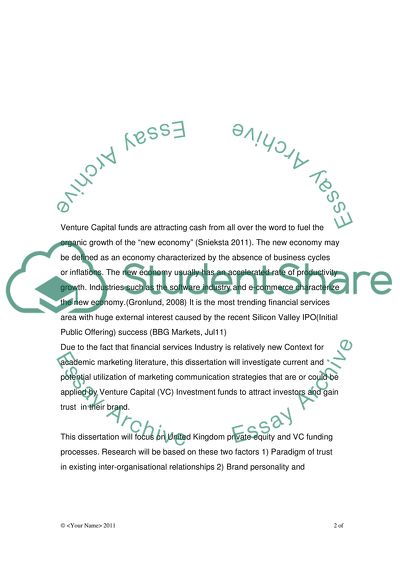Cite this document
(“An Analysis of Marketing Communications Tools Used by Venture Capital Essay”, n.d.)
An Analysis of Marketing Communications Tools Used by Venture Capital Essay. Retrieved from https://studentshare.org/marketing/1580040-an-analysis-of-marketing-communications-tools-used-by-venture-capital-investment-funds-to-attract-investors-and-gain-their-trust
An Analysis of Marketing Communications Tools Used by Venture Capital Essay. Retrieved from https://studentshare.org/marketing/1580040-an-analysis-of-marketing-communications-tools-used-by-venture-capital-investment-funds-to-attract-investors-and-gain-their-trust
(An Analysis of Marketing Communications Tools Used by Venture Capital Essay)
An Analysis of Marketing Communications Tools Used by Venture Capital Essay. https://studentshare.org/marketing/1580040-an-analysis-of-marketing-communications-tools-used-by-venture-capital-investment-funds-to-attract-investors-and-gain-their-trust.
An Analysis of Marketing Communications Tools Used by Venture Capital Essay. https://studentshare.org/marketing/1580040-an-analysis-of-marketing-communications-tools-used-by-venture-capital-investment-funds-to-attract-investors-and-gain-their-trust.
“An Analysis of Marketing Communications Tools Used by Venture Capital Essay”, n.d. https://studentshare.org/marketing/1580040-an-analysis-of-marketing-communications-tools-used-by-venture-capital-investment-funds-to-attract-investors-and-gain-their-trust.


